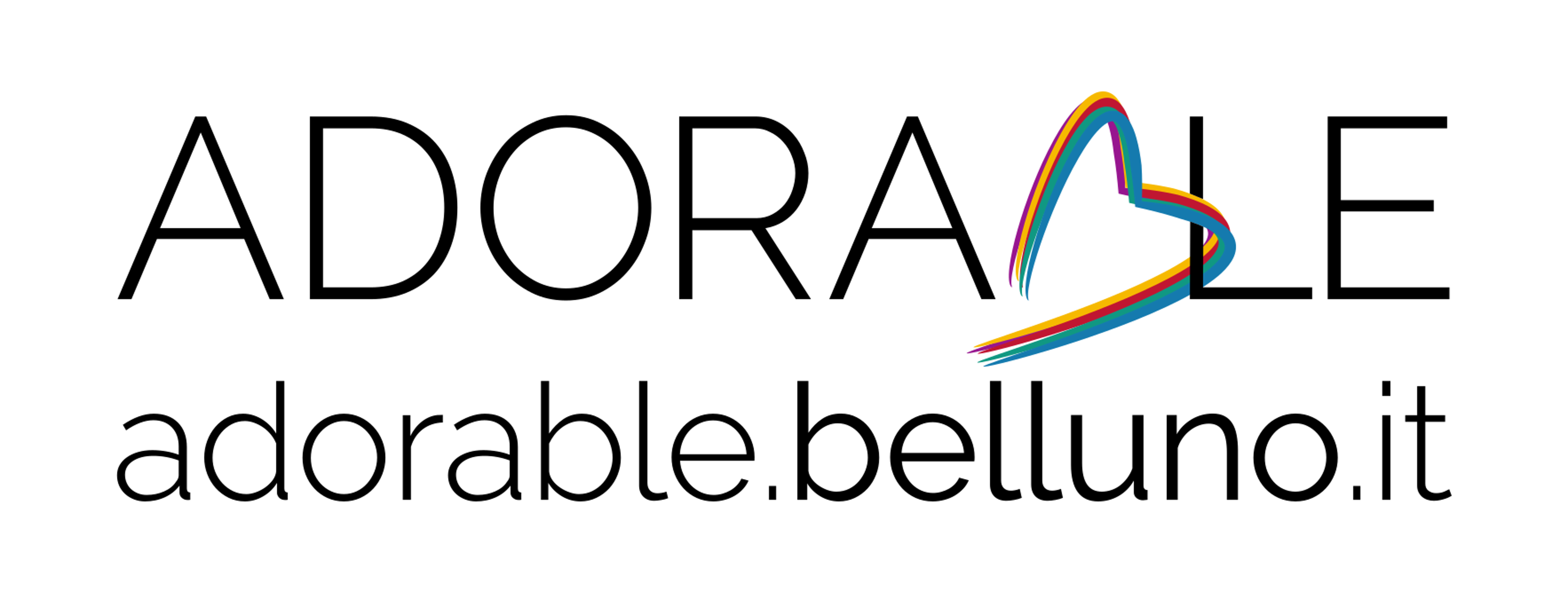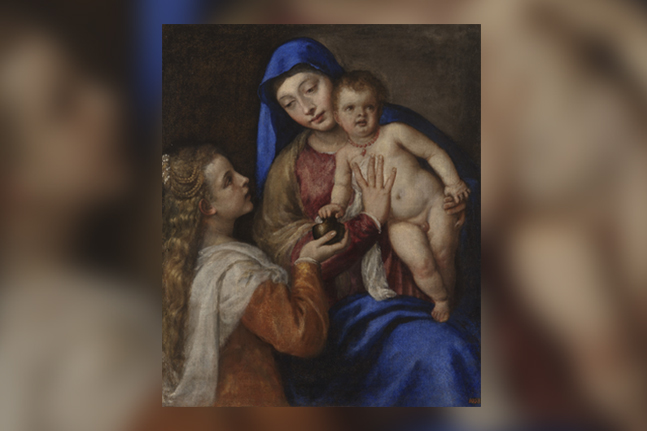The exhibit La Madonna Barbarigo dell’Ermitage (The Barbarigo Madonna of the Hermitage)is a very relevant event, not only because it accompanies the reopening of the Museo Civico di Belluno, in one of the most beautiful palaces of the city, but above all because it brings the masterpiece of Tiziano to his birthplace.
167 years have passed since the the painting left the confines of Italy and now it is returning to the Dolomites, the lands where the genius Tiziano was born.
The subject depicted by Tiziano in the painting The Barbarigo Madonna is noteworthy for its great chromatic expressiveness, but above all because it represents a devotional model developed by the Master, replicated and copied for centuries to follow, beyond the 16th century.
The Bellunese exhibit La Madonna Barbarigo dell’Ermitage is the opportunity for comparing the masterpiece of the museum of St. Petersburg, with two other works of art. The first is a version autographed by the subject, coming from the Museum of Fine Arts of Budapest, entitled Madonna con il Bambino e san Paolo (Madonna with the Baby and Saint Paul), while the other is Madonna con il Bambino e Santa Caterina (Madonna with the Baby and St. Catherine), one of the most important replicas of art, conserved by the Uffizi Gallery in Florence.
The exhibitLa Madonna Barbarigo dell’Ermitage would like to be an homage to the Cadorino painter in his homeland, and a wonderful gift for all of the Bellunese.
The Barbarigo Madonna, history of a painting.
The history of the painting The Barbarigo Madonna begins in Venice, around the mid 1500s.
In the magnificent lagoon city, more specifically on Calle dei Biri, where an important Italian painter once lived. His name is Tiziano Vecellio. All of you know the Cadorino painter, the master of color.
What was Tiziano doing in Venice? You must know that halfway through the 16th century was the era of the successful painter. Known and loved by those powerful at the time, as they commissioned important works, Tiziano was also a wise owner of the studio.
Tiziano had a son whose name was Pomponio Vecellio, and it was he who in 1581 sold the home of his father, who died in 1576, to a Venetian royal: Cristoforo Barbarigo. The Barbarigo bought the house and everything inside, even the paintings of the master. Among these paintings was the canvas depicting the Virgin Mary with the Child and Mary Magdalene, eventually taking the name The Barbarigo Madonna.
The Barbarigo Family lived in the Barbarigo Palace of the Terrazza, that in the 1700s became on of the primary places of cultural attraction in Venice. A treasure chest that contained one of the most famous art collections of the time, mostly thanks to the presence of various works of the Cadorino master.
Years passed and the descendants of Cristoforo decided to sell their entire collection, beloved by their ancestors, and so in 1850 the Tzar Nicholas purchased the entire Venetian collection.
The Barbarigo Madonna arrived at the Hermitage in St. Petersburg, home of the Romanov family until 1917. Here the masterpiece was restored with a yellowish hue, that does a justice to its high quality.
The Barbarigo Madonna today
Today the Barbarigo Madonna is conserved in the rooms of the Russian museum, restored by Sergei Kisseliov, the specialist of the Hermitage, who succeeded in bringing it back to its ancient splendor.
The painting, on exhibit at Fulcis Palace, from January 27th to May 1st, 2017, is a masterpiece and example of the excellence of Tiziano.
The colors used by the master are intense, giving live to the figures and defining the beauty of the details. The face of the Virgin Mary, of pale rosy complexion, stands out in the heavenly context of its veil. This veil marks the perfect passage from shadow to light, in a perfect return to the depth. But were all of these tones of blue necessary to create the cape of the Barbarigo Madonna? Tiziano used three of them, each different from the next.
The background of the painting is composed from a mixture of muddy, ferrous (ochre) and white lead pigments. The imprimatur is instead absent, the layers of color were applied directly on the background and joined together by flaxseed oil.
The exhibit La Madonna Barbarigo dell’Ermitage, curated by Irina Artemieva e Denis Ton, and publicized by the City of Belluno, thanks to the availability of the Hermitage museum, the support of the Fondazione Cariverona and the collaboration of Hermitage Italy.

